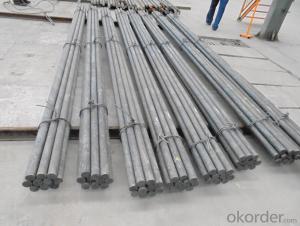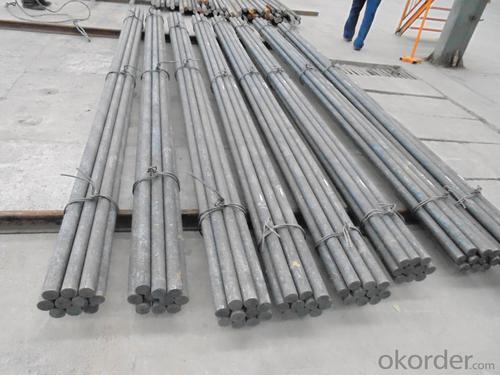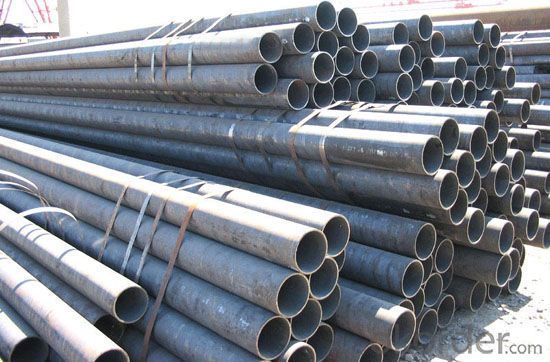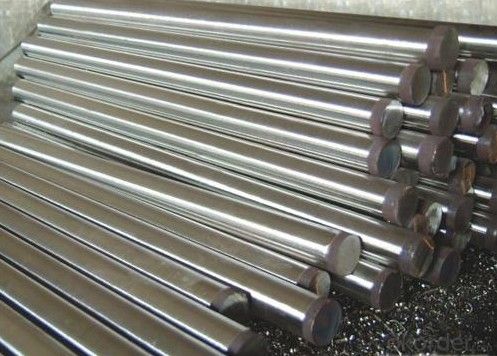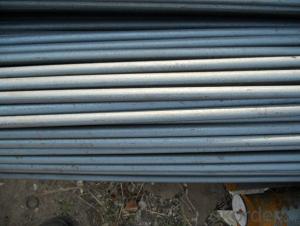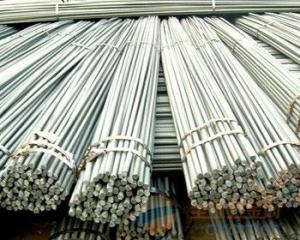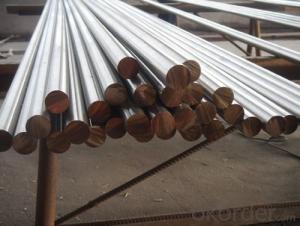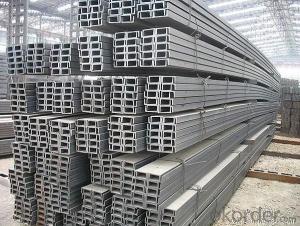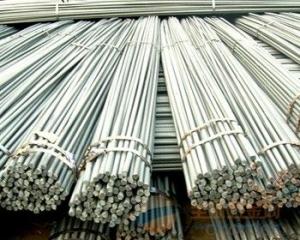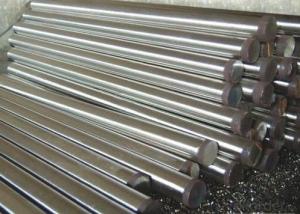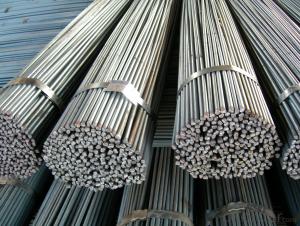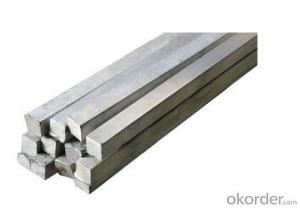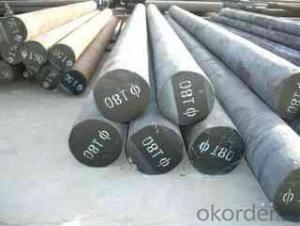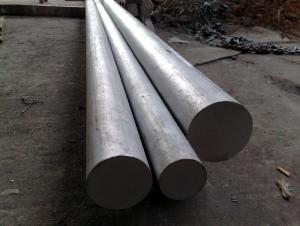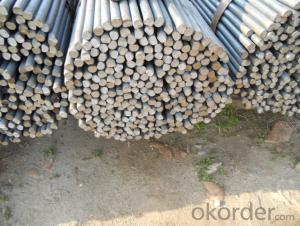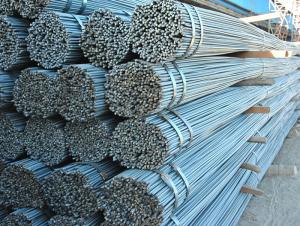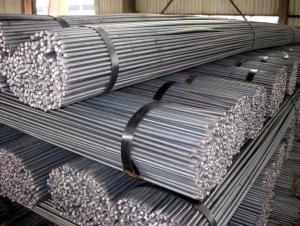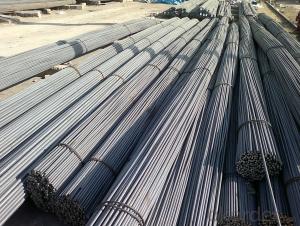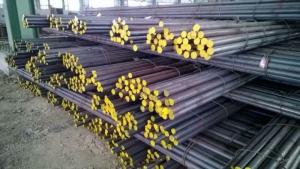5mm to 100mm round steel bar for construction
- Loading Port:
- Tianjin
- Payment Terms:
- TT OR LC
- Min Order Qty:
- 25000 m.t.
- Supply Capability:
- 10000 m.t./month
OKorder Service Pledge
OKorder Financial Service
You Might Also Like
Specifications of Steel Round Bar:
1. Standard: GB
2. Grade: Q345
3. Invoicing on theoretical weight or actual weight as customer’s request
4. Shape: Round bar, solid bar of steel with circular section
5. Technique: Hot rolled
Packaging & Delivery of Steel Round Bar:
Packaging Detail: Standard seaworthy packing or as customer required; all goods are packed in bundle with steel strips and shipped by break bulk vessel or container
Delivery Detail: 45 days
Trade terms: FOB, CFR, CIF or as customer required
MOQ: 25 tons per specification; we can negotiate the quantity if the specification is normal or we have stock of one specification.
Weight: The price invoicing on theoretical weight basis or actual weight basis depends on customer’s request.
Shipment: The shipment of bulk break or container is depends on customer’s request.
Documents given: Full set (3/3) of original clean on board bill of lading; Original signed commercial invoice, in 3 originals and 3 copies; Original packing list in 3 originals and 3 copies; Policy of insurance; Certificate of origin and what the target market needs.
Specification of Spring Steel:
-Material: 70Si2CrA
-Production: Hot rolled or cold rolled
-Standard: GB/T·5218-1999
-Type: Spring Steel
-Alloy or no: Alloy
Chemical Composition:
C | Mn | Si | Cr |
0.65~0.75 | 0.40~0.60 | 1.40~1.70 | 0.20~0.40 |
S | P | Ni | |
≤0.030 | ≤0.030 | ≤0.030 |
Mechanical Properties:
-Annealing Condition:
1, Tensile Strength: σb/MPa:≤835
2, Elongation: δ/%:≥8
-Quencher condition:
1, Tensile strength: σb/MPa:785~1175
2, Elongation: -
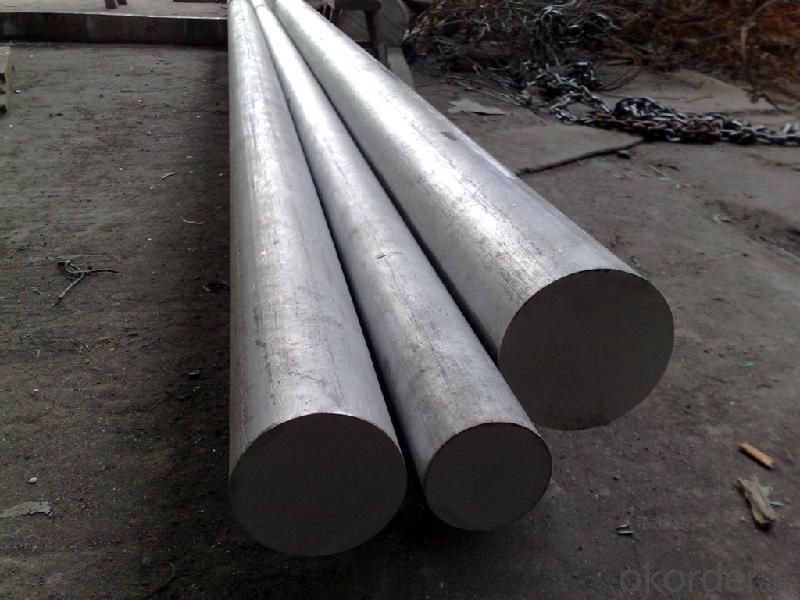
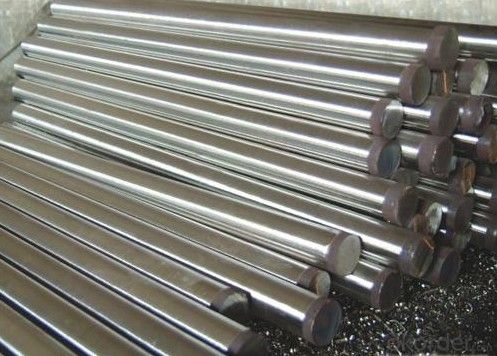
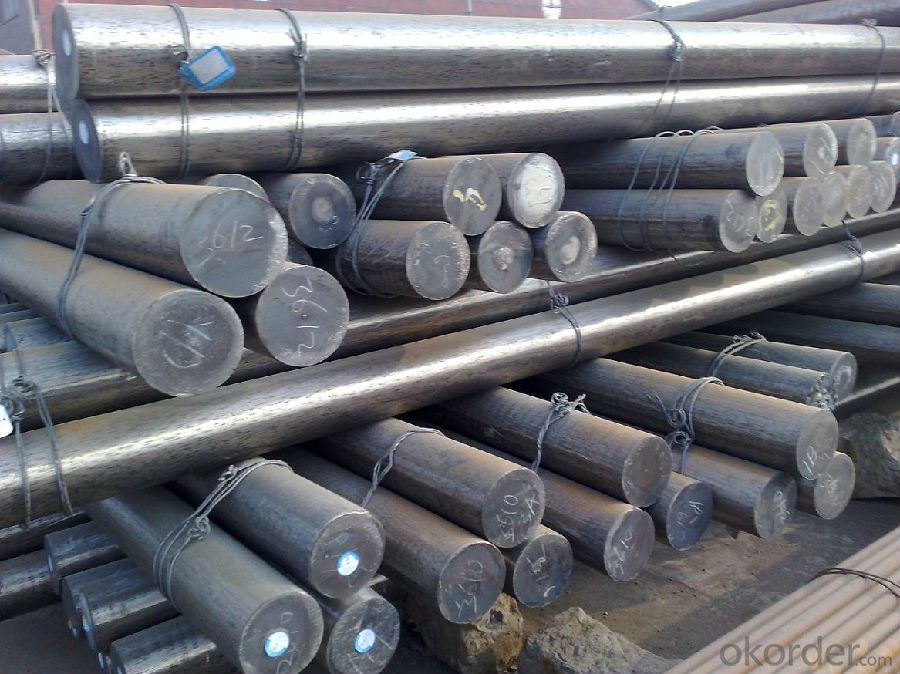
- Q: What is the maximum length available for steel round bars?
- The maximum length available for steel round bars can vary depending on the supplier and the specific requirements, but typically it can range from 12 to 24 feet.
- Q: What are the advantages of using high-speed steel round bars?
- High-speed steel (HSS) round bars have several advantages. Firstly, they offer excellent hardness, allowing them to withstand high temperatures and wear. This makes them suitable for cutting tools and machine parts that undergo intense friction and heat. Additionally, HSS round bars have superior toughness, enabling them to resist chipping and breaking during heavy-duty applications. Furthermore, their high thermal conductivity helps dissipate heat efficiently, preventing damage to the material being worked on and prolonging tool life. Lastly, HSS round bars have good dimensional stability, ensuring accurate and precise machining results.
- Q: Are steel round bars suitable for the production of axles?
- Yes, steel round bars are suitable for the production of axles. Steel is a strong and durable material that provides excellent strength and stability, making it an ideal choice for axles. The round shape of the bars allows for easy machining and shaping, ensuring a precise and functional axle design. Additionally, steel round bars offer good resistance to wear, fatigue, and impact, which are essential properties for axles that need to withstand heavy loads and harsh conditions. Overall, steel round bars are a reliable and widely used material for the production of axles in various industries such as automotive, manufacturing, and construction.
- Q: What's the difference between round steel and carbon bound steel?
- The strength of different steel strength low carbon steel, high strength, the diameter of the same size as compared with other steel, round steel can bear the pulling force than other reinforced small, but the plastic steel reinforced bar is stronger than the other, there is a large deformation and deformation in the break before, pulled off in carbon the steel is much smaller.
- Q: What are the advantages of using nickel-titanium alloy steel round bars?
- There are several advantages of using nickel-titanium (NiTi) alloy steel round bars. First and foremost, NiTi alloy steel round bars exhibit exceptional shape memory and superelasticity properties. This means that they can be deformed or bent, and then return to their original shape upon heating or removal of stress. This unique characteristic makes NiTi alloy steel round bars ideal for applications where flexibility and resilience are required, such as in the medical field for surgical instruments or orthodontic wires. Another advantage of using NiTi alloy steel round bars is their high corrosion resistance. Nickel and titanium are both highly resistant to corrosion, making the alloy extremely durable and long-lasting. This makes them suitable for various industrial applications, including marine environments, where exposure to moisture and saltwater can lead to corrosion of other metals. Additionally, NiTi alloy steel round bars have a high strength-to-weight ratio. Despite being lightweight, they possess excellent mechanical properties, including high tensile strength and good fatigue resistance. This makes them suitable for various engineering and structural applications, such as in aerospace, automotive, and construction industries. The lightweight nature of the bars also allows for easier handling and transportation. Furthermore, NiTi alloy steel round bars have excellent thermal stability, with a wide temperature range of usability. They can withstand extreme temperatures without losing their shape memory or superelasticity properties. This makes them suitable for applications that involve exposure to high or low temperatures, such as in aerospace or oil and gas industries. In summary, the advantages of using nickel-titanium alloy steel round bars include their shape memory and superelasticity properties, high corrosion resistance, high strength-to-weight ratio, and excellent thermal stability. These qualities make NiTi alloy steel round bars a versatile and reliable choice for a wide range of applications across various industries.
- Q: How do you calculate the weight of a steel round bar based on its density and dimensions?
- To calculate the weight of a steel round bar, you need to multiply its density by its volume. The volume of a round bar can be calculated using the formula V = πr^2h, where r is the radius and h is the height. Once you have the volume, simply multiply it by the density of the steel to get the weight.
- Q: Can steel round bars be heat treated for improved strength?
- Yes, steel round bars can be heat treated to improve their strength. Heat treatment involves heating the steel to a specific temperature and then cooling it rapidly or slowly, depending on the desired outcome. This process can alter the microstructure of the steel, resulting in increased hardness, tensile strength, and other mechanical properties.
- Q: How do you calculate the weight of a steel round bar based on its length and diameter?
- The weight of a steel round bar can be determined by utilizing the subsequent equation: Weight = (π/4) x (Diameter^2) x Length x Density. In this equation, π denotes the mathematical constant pi, with an approximate value of 3.14159. Diameter represents the measurement across the widest point of the steel round bar, while Length corresponds to the overall length of the bar. Additionally, Density signifies the typical density of steel, which is approximately 7850 kilograms per cubic meter. To calculate the weight, first square the diameter and then proceed to multiply it by the length and density. Finally, multiply the outcome by π/4 to obtain the weight of the steel round bar in the desired units, typically kilograms or pounds. It is crucial to acknowledge that this equation assumes the steel round bar is a solid cylinder with a uniform diameter. If there are any variations or irregularities present in the bar, the weight determined using this equation may not be entirely accurate.
- Q: 4145H round steel is equivalent to the domestic brand?
- 4145H rounds are used in oil drilling tools and are often replaced by 42CrMo in the industry.
- Q: The diameter of 20 solid round steel bend into a circle, what machine bending?
- Steel hoop benderConstruction: steel bending machine is suitable for bending stirrups, the bending angle can be adjusted arbitrarily, the structure is similar to the bending machine.Working principle: motor powered by a pair of wheels and two straight gear reducer, the eccentric disc rotates. The eccentric disc drives two connecting rods through an eccentric hinge, each connecting rod is hinged with a rack, so the rack moves reciprocally along the slideway. The rack also drives the gear to make the working disc reciprocate in a certain angle. The work disc has two axle holes, the central hole is inserted into the central shaft, and the other jack is arranged on the shaft. When the work disc is rotated, the central shaft and the forming shaft rotate together. The same principle of the steel bending machine can bend the steel bar into the required stirrups.
Send your message to us
5mm to 100mm round steel bar for construction
- Loading Port:
- Tianjin
- Payment Terms:
- TT OR LC
- Min Order Qty:
- 25000 m.t.
- Supply Capability:
- 10000 m.t./month
OKorder Service Pledge
OKorder Financial Service
Similar products
Hot products
Hot Searches
Related keywords
